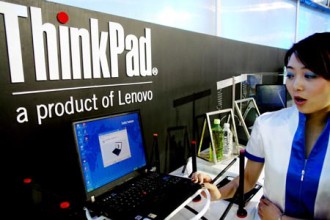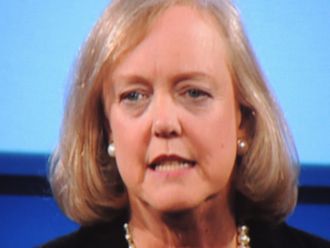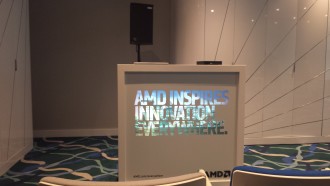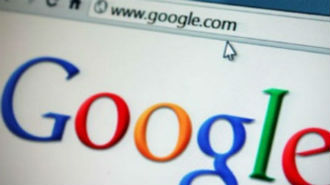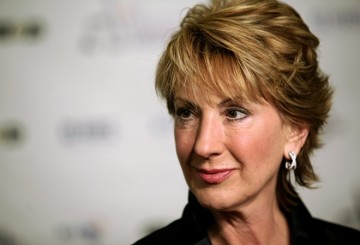 Steve Brazier, CEO of Canalys opened the Channel Forum conference here in Barcelona by ourlining how he and his company of analysts view the tech industry.
Steve Brazier, CEO of Canalys opened the Channel Forum conference here in Barcelona by ourlining how he and his company of analysts view the tech industry.
He said PC makers have been cheating on benchmarks for years but without the consequences Volkswagen is experiencing.
He said the industry is much more complex than it used to be. It’s hard for everyone to keep up with everything. Complexity, he said, is good news for channel people.
He said that the crash in oil prices is good news for European countries. But countries producing oil and commodities are going to have some difficult times including Brazil, and Australia.
But the strength of the dollar means prices have gone up in 2015. Putting prices up has clearly reduced demand.
He said there’s been a massive shift in spending into service providers and datacentre growth. Close to 50 percent of all servers that ship this year will go into datacentres. This slim margins. investment is driven by consumer companies.
Datacentres are building white box systems and even if the big brands win big server orders it’s at extremely slim margins.
But more datacentres means networking and security sectors are growing. Bringing compute and storage in a single console benefits a certain kind of customer.
Nutanix and Simplivity would like to be bought but the price may be too high.
The client computing market is only 13 percent for the first half of this year. The smartphone industry is moving away from operators. Large smartphones in the first half of this year showed 110 percent growth.
The tablet and notebook PC markets are disappointing. The industry has had too much inventory and negative scales, declining by nine percent in the first half of this year.
Microsoft invented the hper converged notebook category while Apple and Google are following suit. Microsoft is now competing directly with their OEM partners.
There’s a shift for Apple to to an all Apple microprocessor model. Microsoft hasn’t helped the channel or the OEMs with its free Windows 10 upgrade. Google products could make real headway. Google will put pressure on Microsoft and Intel.
When companies are struggling they become defensive.
Cisco has been through dramatic personnel changes in the last four months but Canalys expects it to exit some businesses but the new “vision” is still to come. A CEO change is likely at EMC.
Dell is now committed to two tier distribution through the channel. IBM lacks agility and it lacks growth. Microsoft’s new CEO has done a much better job than the previous CEO and has shifted to services and apps rather than Windows. Azure is only behind Amazon in terms of cloud services.
Cloud computing still has its challenges but the industry has moved so far to the model that it can’t go back. Software as a service is the primary model everyone will have to deal with.
The channel is doing very well and some good things are happening. We’re expecting a major UK channel partner to do a public flotation this year. He said that the channel has had to bolt on different services including managed services, cloud security and co-location. Creating a channel mix can be very lucrative.
Distribution has shown year on year growth in the European sector. The operating marin in Q2 amounted to 1.1 percent. European distributors have grown over the last three years.
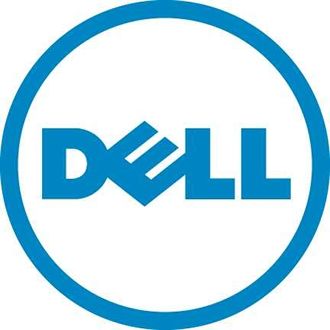 * DELL has confirmed it will take over EMC for $67 billion. VM Ware will continue as a publicly traded company.
* DELL has confirmed it will take over EMC for $67 billion. VM Ware will continue as a publicly traded company.

